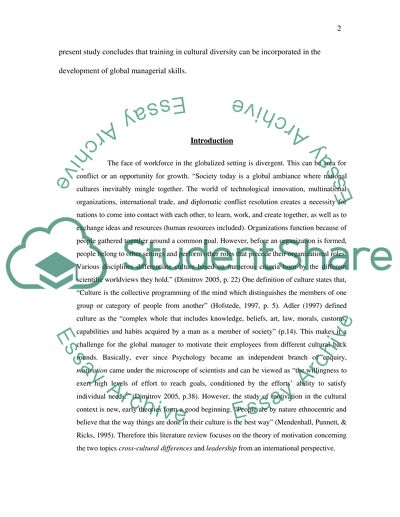Cite this document
(“Human Resources Cross Cultural Differences and Leadership with respect Essay”, n.d.)
Human Resources Cross Cultural Differences and Leadership with respect Essay. Retrieved from https://studentshare.org/miscellaneous/1529954-human-resources-cross-cultural-differences-and-leadership-with-respect-to-motivation
Human Resources Cross Cultural Differences and Leadership with respect Essay. Retrieved from https://studentshare.org/miscellaneous/1529954-human-resources-cross-cultural-differences-and-leadership-with-respect-to-motivation
(Human Resources Cross Cultural Differences and Leadership With Respect Essay)
Human Resources Cross Cultural Differences and Leadership With Respect Essay. https://studentshare.org/miscellaneous/1529954-human-resources-cross-cultural-differences-and-leadership-with-respect-to-motivation.
Human Resources Cross Cultural Differences and Leadership With Respect Essay. https://studentshare.org/miscellaneous/1529954-human-resources-cross-cultural-differences-and-leadership-with-respect-to-motivation.
“Human Resources Cross Cultural Differences and Leadership With Respect Essay”, n.d. https://studentshare.org/miscellaneous/1529954-human-resources-cross-cultural-differences-and-leadership-with-respect-to-motivation.


